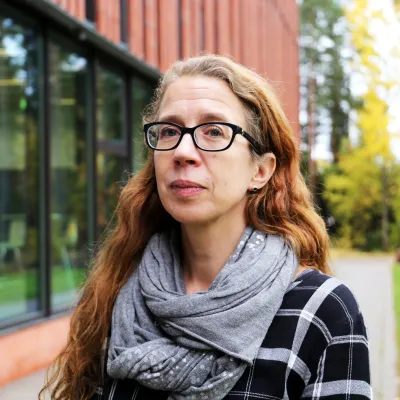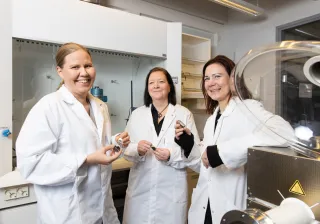The extensive co-operation of companies, research and the public sector is the only way to implement major changes related to systemic challenges. In recent years, innovation ecosystems that solve ambitious challenges have been emerging left and right. However, as an operating model the ecosystem is still vague, and so far few medium-sized enterprises have taken an active role in ecosystems. A study funded by export unions and carried out jointly by VTT and Gaia compared models and practices used in Austria, the Netherlands, Sweden and Denmark that could also promote innovation activities in Finland. Read four lessons from Europe for Finland.
1. Making national visions and choices visible
National choices can be used to clarify the playing field and to make the key focus areas of ecosystem activities concrete. Austria, Denmark, the Netherlands and Sweden have all taken decisions on 10-20 themes that support ecosystems and clusters in a structured manner. The clarification of national choices may also support international cooperation when there is sufficient critical mass around the themes and links with international partners or sister ecosystems. In the Netherlands, the national innovation policy choices have been combined with nine business-driven top sectors.
2. Effective interfaces between financial instruments
The compatibility of the marginal conditions of different funding models and the interfaces between financial instruments must be kept clear in order for the whole to be uniform. For example, in parallel with the funding of a wider ecosystem, Sweden makes use of a funding model that allows separate funding for projects focusing on developing solutions especially for one or a few industrial partners. The Austrian Blockchain Center (ABC) provides seamless funding for the different stages of the research, development and innovation process.
3. Regional cooperation to support the participation of SMEs
The ecosystem contains several subsystems in which a smaller group develops a section of a larger entity from a jointly agreed broad agenda. One good practice supporting the more active role and participation of small and medium-sized enterprises is the activation of local networks. For example, in Denmark the Danish Food and Bio cluster has ten local offices which are supported by regional funding but linked to the national agenda.
4. Transparency in the levels of participation, benefits and costs
Most ecosystems would benefit if different levels of participation, their benefits and costs were described clearly. The costs of ecosystem participation have been shared in different countries using different practices. In Denmark, companies pay a membership fee based on the size of the company; In Austria, companies define their own level of participation and the more the company uses the services, the higher the membership fee; while in the Netherlands, there is an equal fee for all companies. It is essential that the direct costs of participation are explained in a transparent manner and the benefits to be achieved are made concrete from the perspective of different parties.
On the other hand, although the participation fee is a concrete part of the costs of ecosystem activities, the bigger question is the ability of companies to invest their own resources in ecosystem work. Most likely, the company benefits from ecosystem activities the more it actively influences them.
Read more about the results of the study:
Collaboration for Success: International benchmark of innovation partnership model
What are innovation ecosystems all about?






